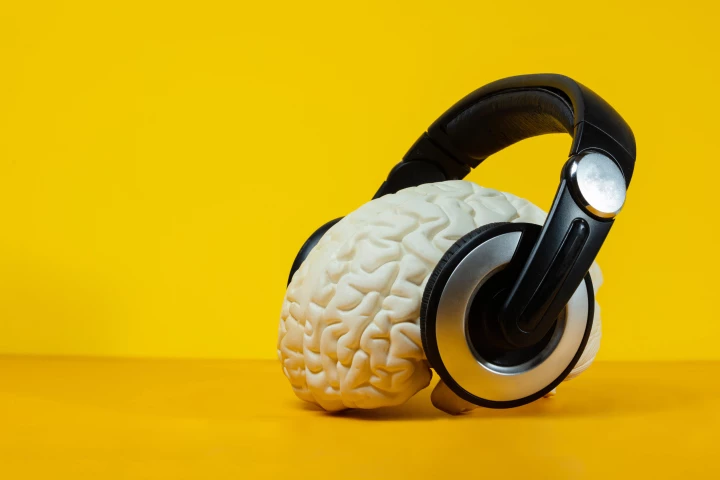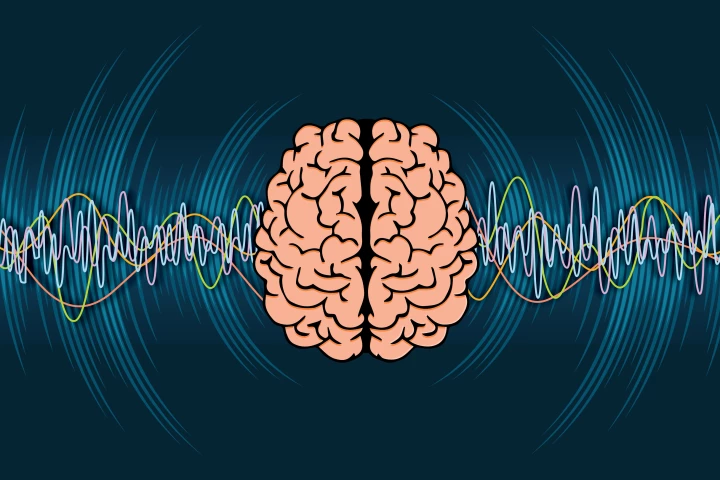Brain stimulation
-
In a landmark shift in how mental health conditions are treated in the near future, the US Food and Drug Administration has approved the first at-home brain-stimulation device that can rapidly relieve moderate to severe depression symptoms.
-
ADHD drugs have been thought to sharpen attention, but a new study has found something very different is at play. They don't offer laser-sharp focus but boost wakefulness and engagement, helping the brain stick to tasks it would otherwise give up on.
-
Researchers at Switzerland’s EPFL have created a new neurotherapy that vastly and non-invasively improves vision for patients with hemianopia-related vision loss. Previously, patients suffering from the condition simply had to learn to live with it.
-
Listening to or playing music later in life could do more than lift your spirits – it might also help keep your mind sharp. A large study has found that older adults who regularly engage with music have significantly lower rates of cognitive decline.
-
A new study shows that a personalized, precise form of brain stimulation, HD-tDCS, can rapidly ease depression symptoms – and even reduce anxiety – offering a promising drug-free alternative with only mild side effects.
-
In a landmark study, scientists have found that a specific rhythm in our brains determines how well we process the world around us. This discovery could change how we understand and treat focus, attention and memory in Alzheimer's disease and ADHD.
-
Ever wondered if your dog really watches TV? A new study finds that many do, and how they respond depends not just on what’s on screen, but on their personality, from excitement levels to fearfulness.
-
Scientists have uncovered an odd superpower triggered by tapping your finger to a beat – it may help you understand someone talking to you in a noisy place, like at a busy cafe. While it sounds a little woo-woo, there's emerging science behind it.
-
A recent clinical trial has shown that it's possible to safely and effectively treat depression at home using a brain stimulation device. That means patients can give themselves low-intensity impulses to see positive results with 30-minute sessions.
-
An innovative start-up is out to change how attention-deficit/hyperactivity disorder is managed, with non-invasive light electrical brain stimulation delivered by a headband worn for just 20 minutes a day that aims to improve poor executive function.
-
A head-mounted ultrasound device has now completed two human trials. One showed how the targeted sound waves could improve pain symptoms, while another revealed a marked improvement in depression symptoms after just one session.
-
If someone you know has gone through chemotherapy, you might be familiar with the side effect 'chemo brain.' Scientists have now demonstrated a simple way to protect brain cells from damage using flashing lights and sounds at a certain frequency.
Load More











